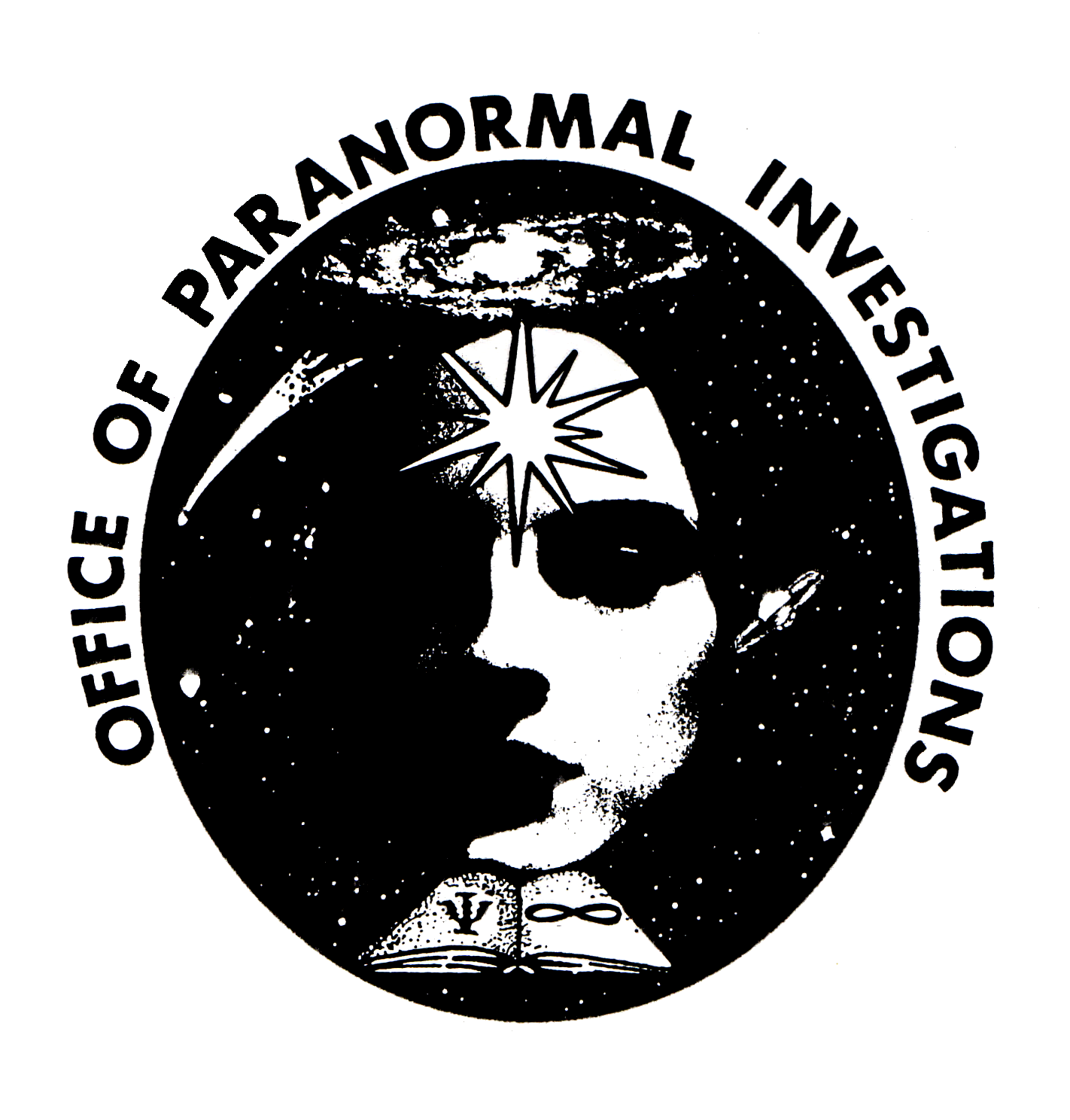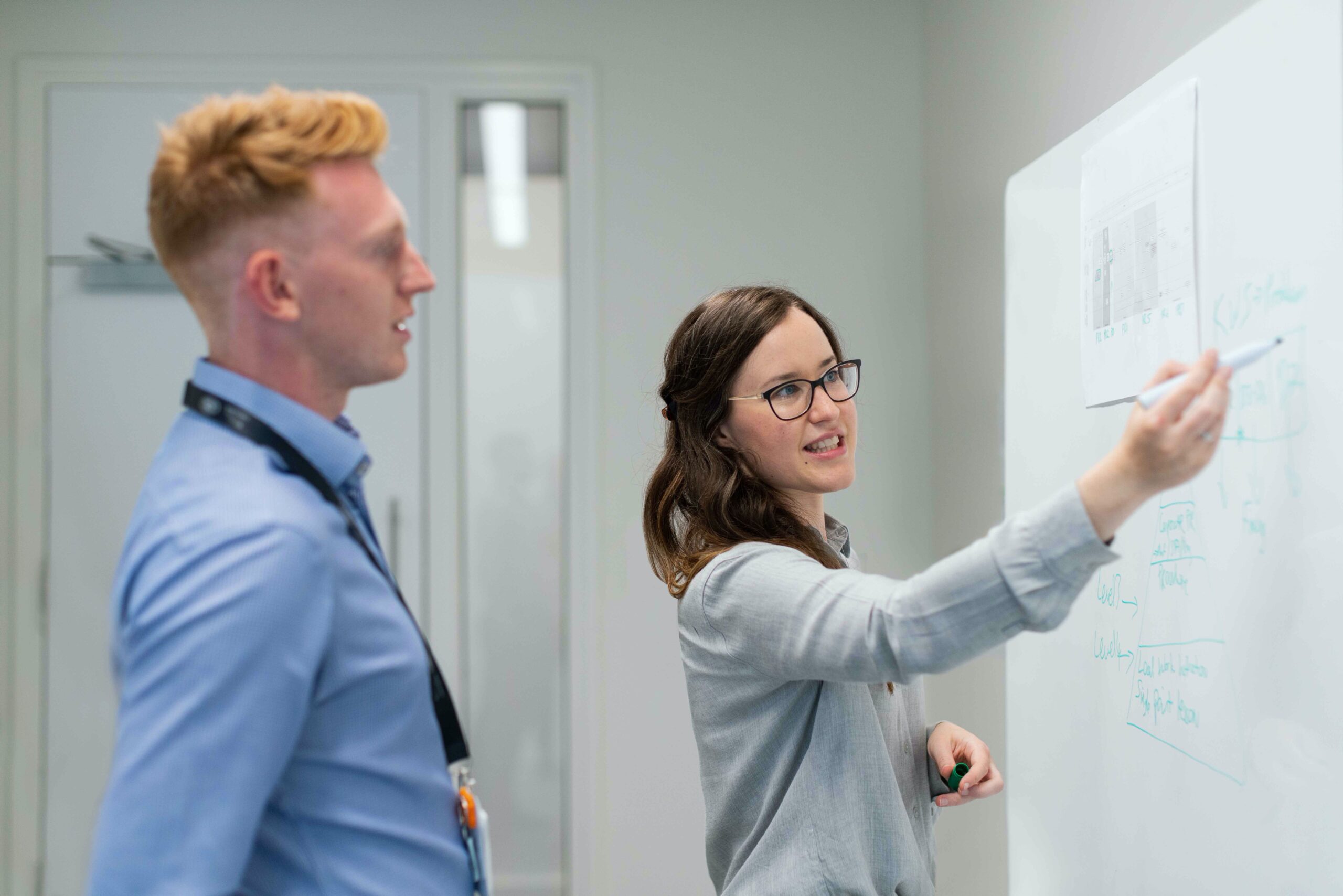by Loyd Auerbach, FATE Magazine, December 1999
What Are Parapsychologists Up To These Days?
One of the questions I’m often asked about the field of Parapsychology is “what sort of research is the parapsychological community into these days?” This past summer, I attended the annual meeting of the Parapsychological Association held at Stanford University, Palo Alto, California. I hadn’t been to a P.A. meeting in a few years, so it was great to renew old friendships and acquaintances, as well as to sit in on a variety of fascinating presentations and discussions.
To write up synopses of all the presented papers and panel sessions would take more time than I have available and significantly more room that is allowed for my column. On the other hand, folks outside the meeting rarely get a chance to see what went on, topic-wise, until publication of the proceedings as RESEARCH IN PARAPSYCHOLOGY, but that takes a couple of years. So, to inform you a bit on what went on, and what’s being presented by parapsychologists to their peers, let me provide you with some idea of the presentations and panels:
The convention opened with an informal welcome on August 4th, 1999, entered in full force on the 5th, and finished up mid-day on August 8th. In attendance were a number of researchers from the United States, England, Scotland, France, Germany, the Netherlands, Brazil and a variety of other places. While I don’t have an actual count of the attendees, there were fewer than one hundred present.
The first symposium dealt with a real life connection. Entitled “Good Luck: Exploring Psi in Everyday Life,” several presenters discussed relationships between “luck” and psi functioning. Over the course of the convention, symposia and panel sessions covered a variety of issues, each allowing for a bit more discussion than the more formal paper sessions.
The other symposia and panels over the few days of the conference included ” Replication Issues in Parapsychology” and “Distant Healing: How Does it Work?”
The paper sessions addressed a variety of interesting topics. The first dealt with DMILS, or “direct mental interactions with living systems.” DMILS is the current term parapsychologists use for Bio-PK, or psychokinesis directed at biological samples, systems and subjects (healing for example).
Also offered the first day of the conference was a paper session dealing with “Moderators of Psi.” Such environmental factors that might affect psychic performance include geomagnetic fluctuations, local sidereal time, and atmospheric electromagnetism.
The “workhorse” of parapsychological research, the Random Number Generator (RNG) was also represented in a third paper session dealing with “RNGs and Target Variables.” Roger Nelson of Princeton Engineering Anomalies Research reported on a project looking at correlations between various high profile world events and behavior of the devices in various parts of the world. You can visit the Global Consciousness Project’s home page at http://noosphere.princeton.edu Ed May of the Laboratories for Fundamental Research, the project director of Stargate (the government’s now-closed Remote Viewing project), presented some new software that essentially automates much of the target selection for Remote Viewing experiments.
“Remote Influencing,” which included a presentation on research dealing with something we’ve all experienced, the sensation of being stared at, was another of the subjects of the paper sessions. Other grouped papers came under the session headings of “Precognition,” “Ganzfeld” research, “Psi Theory & Belief” (which included a report by John Palmer of the Rhine Research Center on ” A Mail Survey of Ouija Board Users in North America”), “Surreptitious Psi” (which included papers on a psi task embedded in a computer solitaire game and a presentation on the old Indian Rope Trick), “Paranormal Belief and Psychomanteum,” and a session on “Perspectives on Poltergeists.”
The poltergeist session was of extreme interest to me, and a fascinating session it was. German researcher Annekatrin Puhle of the Freiburg Institute for Frontier Areas of Psychology presented a paper looking at six German poltergeist cases from the 1700s. This was quite illuminating, as the phenomena has changed the way it’s exhibited (from rock and excrement throwing to today’s more mundane disarray of knick knacks and furniture). William G. Roll and Andrew Nichols of the Psychical Research Foundation then presented two papers on cases they have investigated, one on a US Army post, the other at a castle in Scandanavia. They are on the forefront of finding a correlation between geomagnetic fields and hauntings.
Also quite worth attending were the invited addresses. Stanley Krippner of the Saybrook Institute presented his views on “: The Varieties of Dissociative Experience and Their Association with Anomalous Phenomena.” Robert Morris of the University of Edinburgh (via a proxy) gave us his look at ” Parapsychology in the 21st Century.” Matthew Smith of Liverpool John Moores University gave his views on the next generation of researchers in his invited address “Educating Parapsychologists.”
This was more than a bit timely, as P.A. president Dean Radin (author of THE CONSCIOUS UNIVERSE) delivered his vision of the future of Parapsychology which really looked at how the study of consciousness is being developed and psi’s place in that.
There were also research briefs presented. One dealt with the relationships of brain potentials to psi targets. The other is a bit close to me, in that I served on the presenter’s dissertation committee for this research. “Into the PK Zone: A Phenomenological Study of the Experience of Performing Psychokinesis” was presented by Pamela Heath, a vital team member of the Office of Paranormal Investigations.
Finally, the J. B. Rhine Address delivered at our banquet this year was Dr. Jean Bolen on “Parapsychology and Synchronicity.”
Of course, sitting in a lecture hall was hardly all that occurred, as parapsychologists, students, and others attending had time to socialize, have extensive conversation and network on research, on psi and other topics of interest.
I was heartened to learn that the Parapsychological Association is finally taking steps to take a proactive stance with the general public and the Media. It’s been too long in coming, but it looks like the main scientific organization of parapsychologists will finally be connecting with the world at large to combat the bad information (some of it mistaken, some downright false) and claims about psychic functioning and especially the state of research an application. The organization has also recognized this need due to the ever-increasing number of individuals claiming to be parapsychologists (and usually “the leading parapsychologist”) even though they have no professional standing — and often no training, academic or otherwise, or experience in the field of Parapsychology (and remember: that being psychic does not entitle one to be called a “parapsychologist,” any more than having a mind entitles one to be called a “psychologist”).
Finally, for me, the meeting was also a great chance to exchange ideas with other “ghost hunter” types: spontaneous case investigators including William Roll, Andrew Nichols, Kerry Gaynor and Bill Everist.
SUMMER OF THE PARANORMAL
1999 sure surprised me. My big expectations for film this year were around STAR WARS EPISODE I: THE PHANTOM MENACE (love those Jedi) and AUSTIN POWERS: THE SPY WHO SHAGGED ME (Yeah, Baby!!).
But this summer brought a couple of excellent psychic surprises.
THE SIXTH SENSE, with Bruce Willis and Haley Joel Osment, was big box office. The tale of a young boy who can see ghosts and his therapist who tries to help him with the experiences, the film provided high emotion and a real connection for its audience. Not to mention the incredible hit-me-in-the-face ending that most people couldn’t see coming — and leaving the audience wondering whether the clues were all there. THE SIXTH SENSE is an incredibly well made film, and the clues that lead to the turnabout ending really were there. But the story and the amazing acting of the young boy, Haley Joel Osment as he has to deal with his ability (curse?) to see the newly departed keep you from paying too much attention to clues.
The other psychic/ghost film is STIR OF ECHOES, based on an excellent novel by Richard Matheson (A STIR OF ECHOES), stars Kevin Bacon as a man who is hypnotized and has his mind “opened.” Unfortunately for him, it’s a major psychic opening, and much of what he receives (which drives him to odd and obsessive behavior) has to do with a ghost and a mystery. Fortunately for him, it’s his abilities that solve the mystery.
For anyone who has had psychic experiences, especially connected with murder, death, and ghosts, go see these films (or rent them on video if they’re out of the theaters). Also, read Matheson’s novel for a less suspenseful, but more psychically insightful take on the story.
DECEMBER 1999 SIDEBAR:
IGNITE YOUR INTUITION is the title of the new book by “extraordinist” Craig Karges (Health Communications, Inc., 1999, $10.95). The book is an accessible discussion of the Mind, how it connects with our bodies, and how anyone can connect with the wonderful decision-making processes of our own subconscious minds.
Karges, who has been honored four times as “Entertainer of the Year” by the National Association for Campus Activities, is a well-known performer whose show (and book) demonstrates the extraordinary connections we can all make between our minds and the world around us.
With insight and gentle humor, IGNITE YOUR INTUITION provides a variety of visualization and meditative techniques that can help you recognize and train your intuitive abilities, including those that may crop up while dreaming. In addition, he covers well the use of the pendulum in accessing intuition and provides a variety of applications for the device from decision-making to finding lost items.
You’ll be pleasantly surprised,and entertained, by this book.
Visit Craig Karges on the World Wide Web at http://www.craigkarges.com

